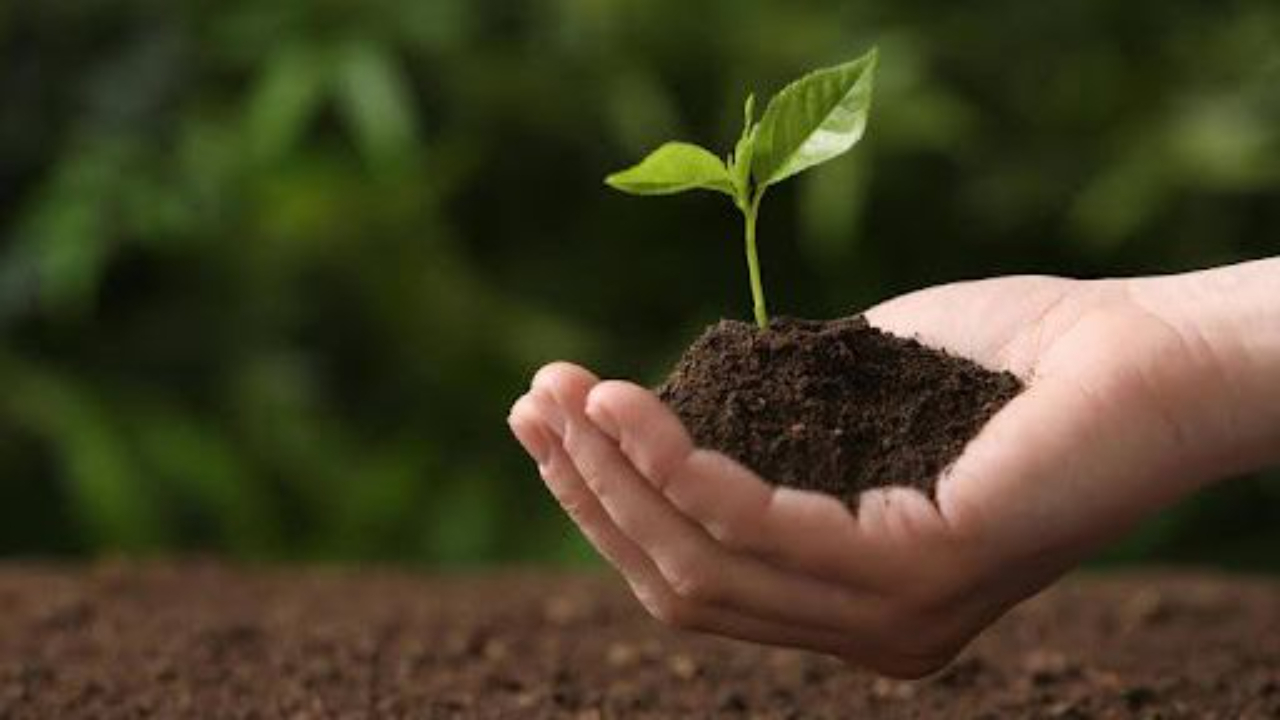Human Composting: A Revolutionary Approach to Eco-Friendly End-of-Life Practices
Jan 03, 2025
written by Dr Andrea Deerheart, ELP, Founder The Heartway
As society increasingly seeks sustainable alternatives to traditional practices, human composting—also known as natural organic reduction (NOR)—is emerging as a groundbreaking option for end-of-life care. This innovative process transforms human remains into nutrient-rich soil, offering an environmentally conscious alternative to burial and cremation. With its growing acceptance in the United States and beyond, human composting is reshaping the way we think about our final acts on Earth.
The Process of Human Composting
Human composting involves placing a deceased body into a specially designed vessel filled with organic materials such as wood chips, alfalfa, and straw. Over a period of several weeks, naturally occurring microbes and beneficial bacteria break down the body, turning it into nutrient-rich soil. The result is approximately one cubic yard of compost that can be used to nourish plants, gardens, and natural landscapes. This process mimics the natural decomposition that occurs in the soil but accelerates it in a controlled environment.
Facilities like Recompose in Washington state have pioneered this method, providing a dignified and eco-friendly alternative to traditional burial and cremation. The process is carefully managed to ensure safety, efficiency, and respect for the deceased.
Environmental Benefits
Traditional burial and cremation methods have significant environmental impacts. Burial often involves embalming fluids, caskets, and headstones, which require resources to produce and can introduce chemicals into the soil. Cemeteries also occupy large tracts of land, which could otherwise be used for conservation or agriculture. Cremation, while requiring less space, emits substantial amounts of carbon dioxide and other pollutants into the atmosphere.
In contrast, human composting has a significantly lower environmental footprint. By returning organic matter to the earth, it enriches the soil, supports plant growth, and reduces carbon emissions. Each human composting process is estimated to save approximately one metric ton of carbon dioxide compared to cremation or traditional burial. This makes it an appealing option for those who wish to minimize their environmental impact even after death.
Cultural and Legal Perspectives
Human composting is not only an environmental choice but also a cultural shift in how we approach death. It challenges traditional notions of burial and cremation, offering a new way to honor the cycle of life and death. This method aligns with the values of individuals who prioritize sustainability and wish to leave a legacy of care for the planet.
Legally, human composting is gaining traction in the United States. Washington became the first state to legalize the practice in 2019, followed by Colorado, Oregon, Vermont, and New York. California has also approved legislation to allow human composting, with implementation set for 2027. As more states and countries consider this option, it reflects a growing acceptance of alternative burial practices.
However, not everyone is on board. Some religious and cultural groups have raised concerns about the dignity of human composting and its alignment with traditional beliefs. For example, the Maryland Catholic Conference has expressed reservations, arguing that the process may not adequately honor the sanctity of human life. These perspectives highlight the importance of ongoing dialogue and education about the practice.
A Personal and Ethical Choice
For many, human composting represents a deeply personal choice. It allows individuals to align their end-of-life decisions with their values, creating a final act of environmental stewardship. Families who choose this option often find comfort in knowing that their loved one’s remains will contribute to the growth and renewal of life.
This practice also opens up broader conversations about death, sustainability, and our connection to the Earth. By embracing human composting, we are reminded of the natural cycles of life and death and our role within them. It encourages us to view death not as an end but as a transformation—an opportunity to give back to the planet that sustains us.
The Future of Human Composting
As awareness and acceptance of human composting grows, it has the potential to become a mainstream option for end-of-life care. Innovations in the process and increased accessibility will likely make it more appealing to a wider audience. Additionally, as climate change continues to drive conversations about sustainability, practices like human composting will play an essential role in reducing our environmental impact.
The rise of human composting also reflects a broader cultural shift toward death positivity—a movement that encourages open discussions about death and dying. By normalizing practices like human composting, we can foster a healthier relationship with mortality and the natural world.
Conclusion: A Sustainable Legacy
Human composting is more than just an alternative to burial and cremation; it’s a statement of values and a commitment to the planet. By choosing this method, individuals can leave a legacy of environmental care, contributing to the health and vitality of the Earth for future generations. As this practice continues to gain momentum, it offers a hopeful and transformative vision for how we can honor life, even in death.
For those considering human composting, the decision is both practical and profound. It represents a chance to align our final act with our deepest values, creating a legacy of love, sustainability, and renewal.
Please reach out if you have further questions. We would be honored to review your options, costs, and available resources .

